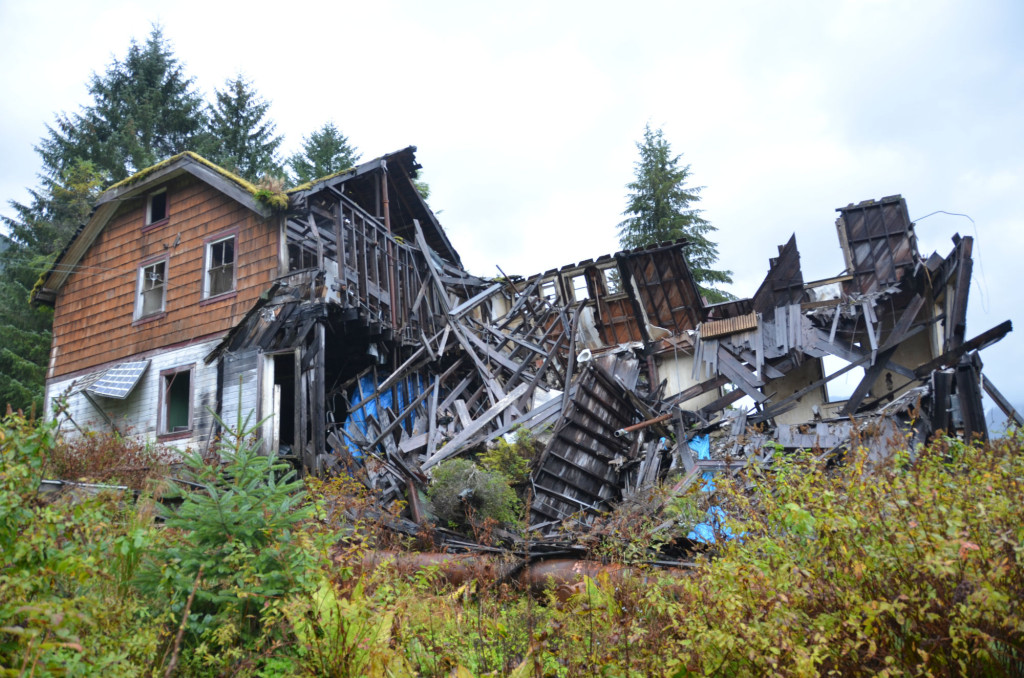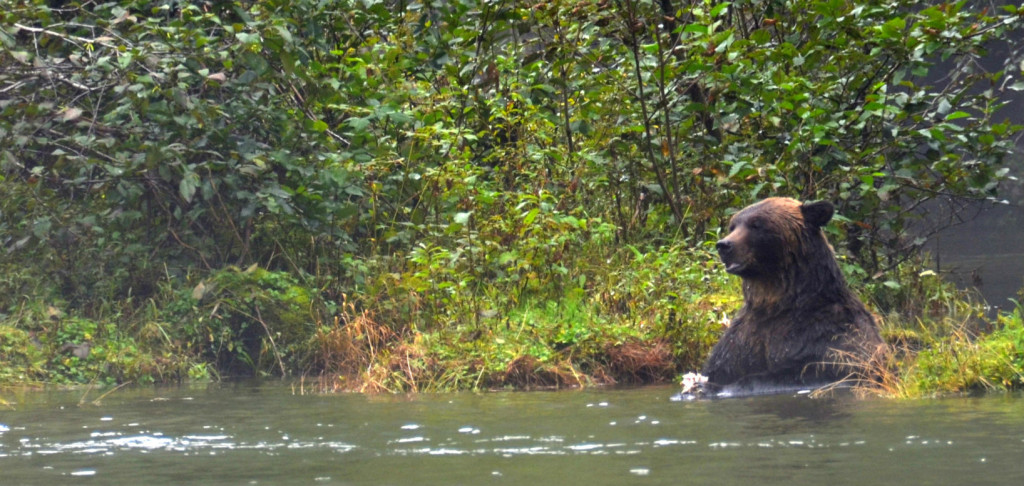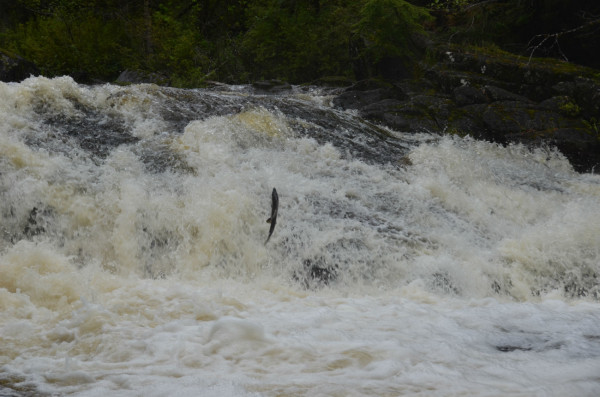Journey to the Great Bear (Day 3) – There is no choice between life and living
We spent the night at Butedale. It’s a former cannery where 500 people were employed and lived. There was even a school. The cannery closed in 1966, and today employs one person, Lou. He’s the custodian.
Butedale may be closed, along with other small canneries—replaced by industrial sized operations in Vancouver and Richmond—but it doesn’t mean there isn’t a thriving economy on this coast. Just the opposite. The economy is rich and vital. And it depends, ultimately, on the sea, just like it has for thousands of years. There’s also sustainable forestry, tourism, and limited industry.
The debate about the Enbridge Northern Gateway oil pipeline is often framed, by its backers, as jobs versus the environment. They’d have you believe that there is nothing here. No jobs, no way of life (and that the environment isn’t at risk, but that’s a separate point). It’s simply not true. There is an entire economic ecosystem that most often works with the environment – and that entire economic ecosystem is put at risk by a pipeline leak or bitumen spill. The truth is that the Enbridge Northern Gateway oil pipeline endangers far more jobs in the Great Bear Sea than it would ever create.
Last year, WWF Canada asked the University of British Columbia to conduct a study on the economy of the Great bear. The conclusions were clear, and damning. Thousands of jobs lost, more than the possible permanent jobs gained. The choice isn’t between jobs and the environment. In fact, the choice is jobs and the environment.
After leaving Butedale, Neil leads us to view grizzly bears. This man knows how to find bears. He just does.
To be honest, I didn’t really want to go. The last time I saw a grizzly the circumstances were far more difficult. We were at the end of a challenging canoe trip on the Burnside River in Nunavut, and had a long portage around a waterfall ahead of us– carrying our canoes and all of our gear for almost five kilometers. We were just breaking camp, when a very large grizzly decided to investigate us. He obviously smelled some food or something that he liked, reared up on his hind legs, sniffed the air, and just kept coming. Straight at us. We got moving pretty quickly. One of the guys pushed right by me, virtually running (I was carrying a canoe and two packs—moving pretty slowly). “What are you doing?” I said. “I don’t have to out run the grizzly, Miller, I only have to out run you” was the response. Fortunately, we managed the portage without further incident, but I’d been left pretty leery of encounters with grizzly bears ever since.
Needless to say, I didn’t want to repeat the experience, but I knew Neil would find us a bear to see, so I got into the zodiac with mild trepidation. It was the right decision.
Not only because my fear totally left me, as we witnessed a bear wander the water’s edge, eating salmon, swimming, barging through the undergrowth. Feeling the special relationship between bears and people in this region that has lasted for thousands of years.
But, also because of the waterfall. It was at the end of a river that runs from the mountains, which were right above us, maybe a thousand feet. We watched the river fall seventy feet or so, cascading over rocks and blown down trees to pound into the water below. It had been raining for several days, which meant that the flow was powerful. As we stood on the moss-covered rocks below the falls, we were covered head to toe with a fine, almost magical, mist. It’s hard to explain in words, but at that moment I truly felt like I was a part of this place, that as a human I had a proper space here. Not the right to totally reshape it, but to be a part of it, respectful of its other inhabitants and of its rivers, waters, and forests.




